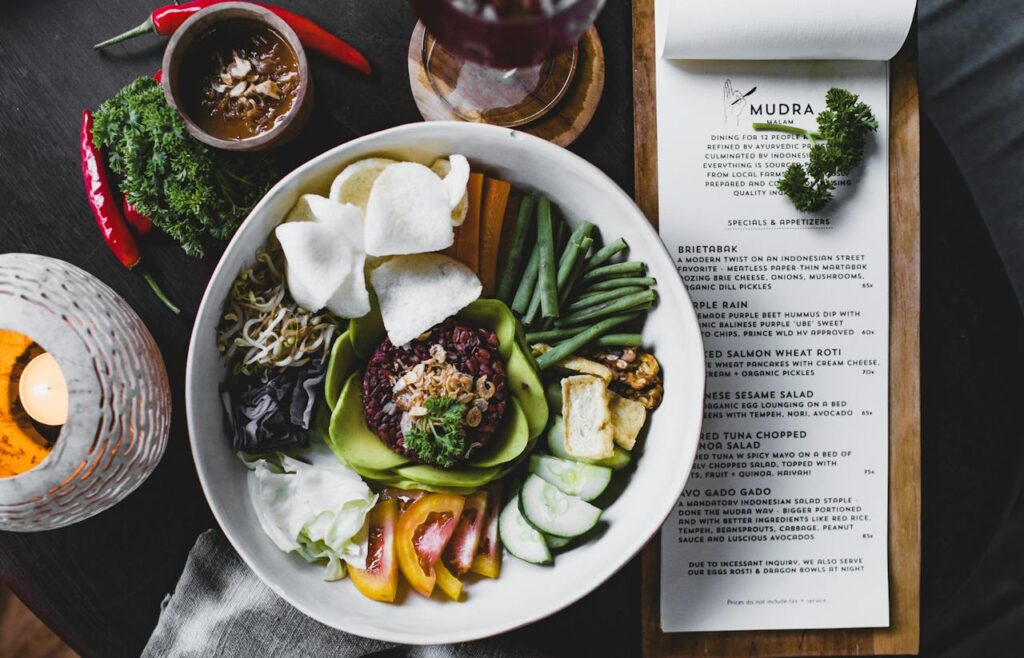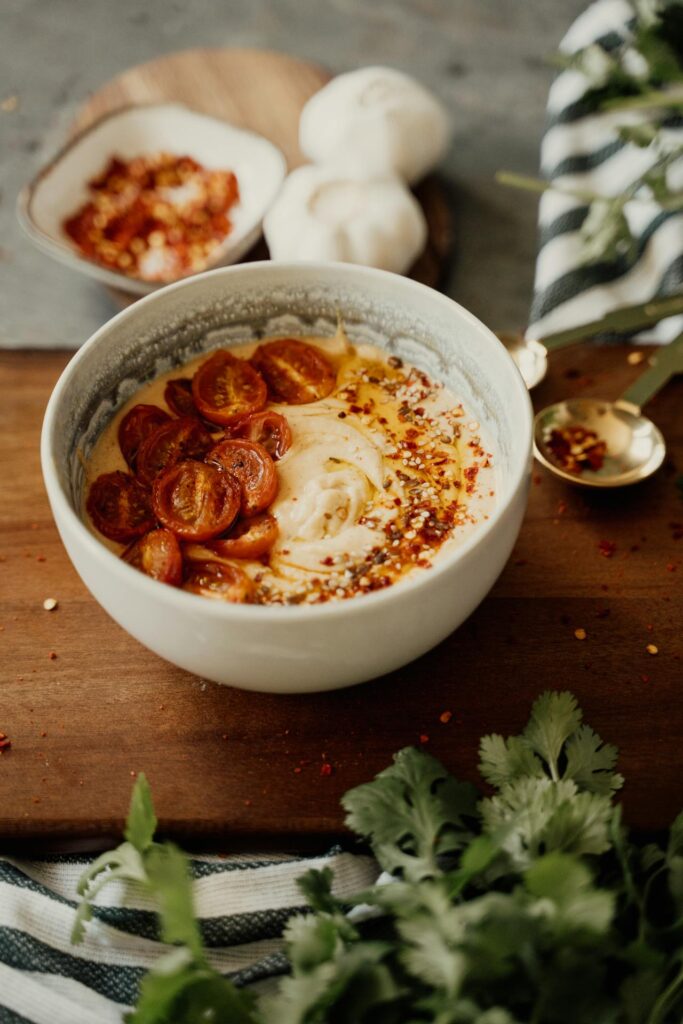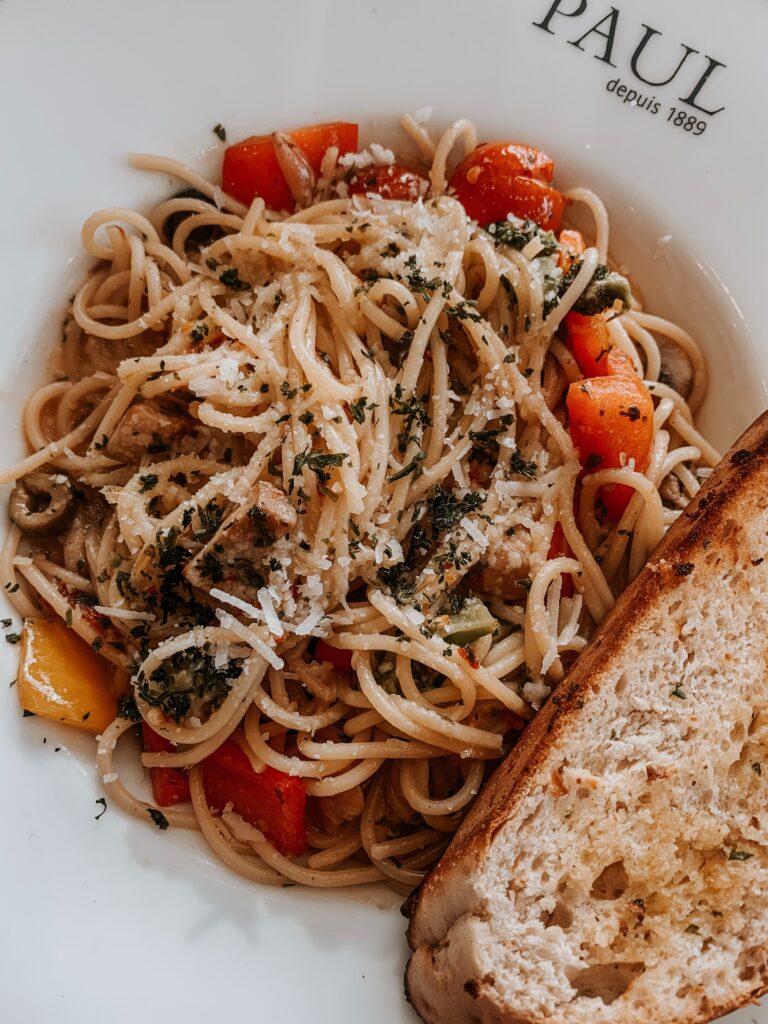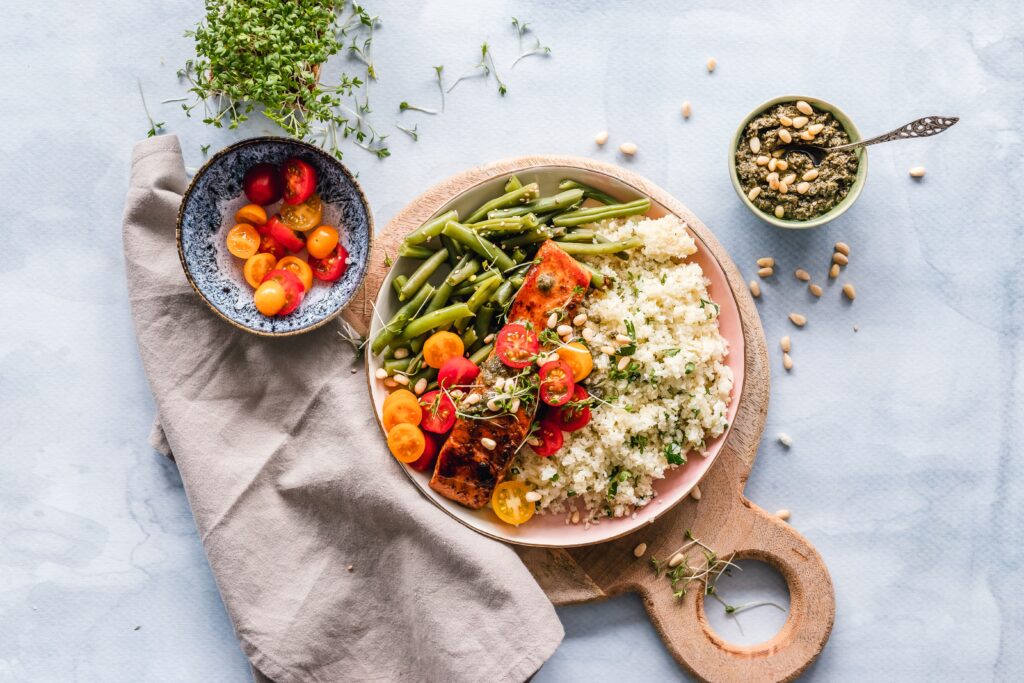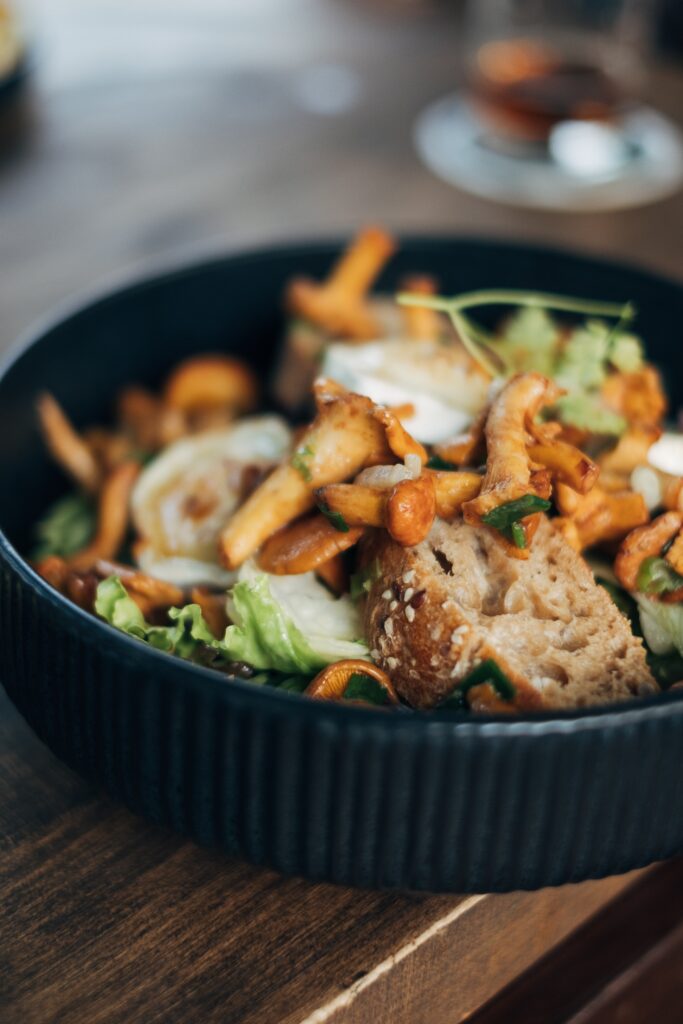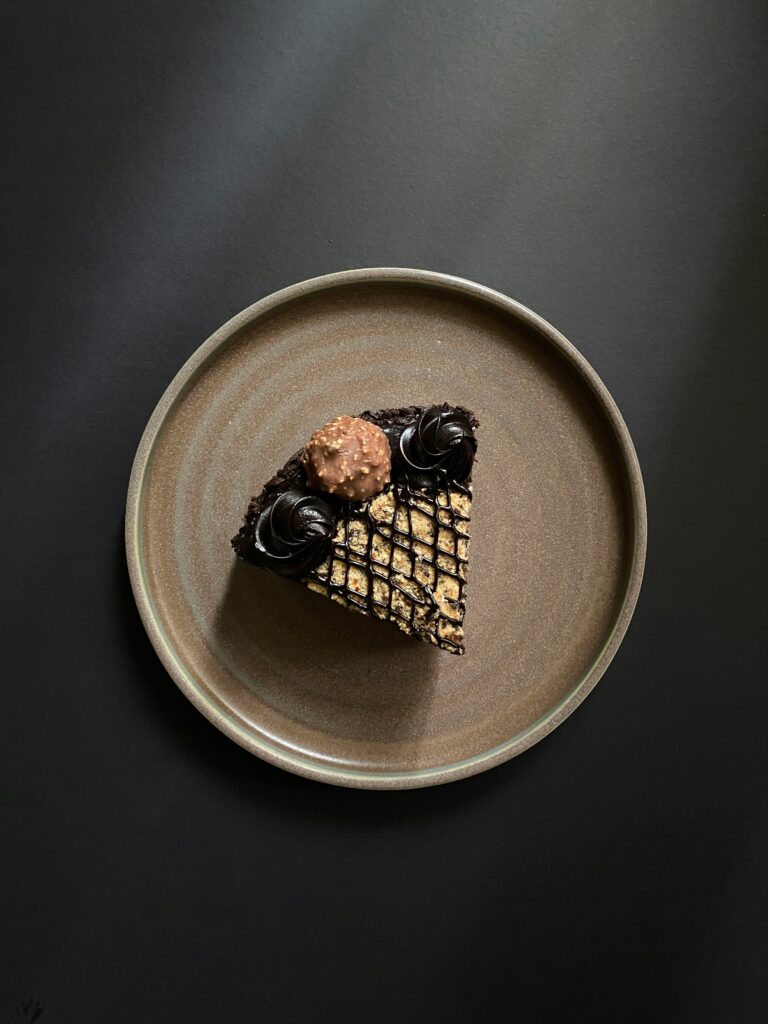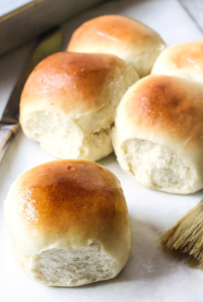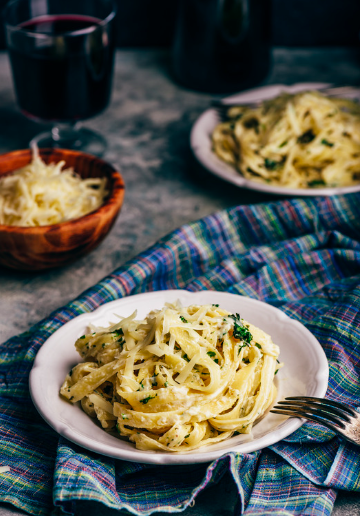
Listen up, pasta lovers! There truly is SUCH a difference between fresh pasta and dry pasta, and anyone who who says otherwise is either gatekeeping or delusional. But don’t worry, we’re not here to judge – we’re here to enlighten! Once you’ve tasted the dreamy goodness of fresh pasta, you’ll understand why it’s the beating heart of Italian cuisine. Trust me, your taste buds will thank you.

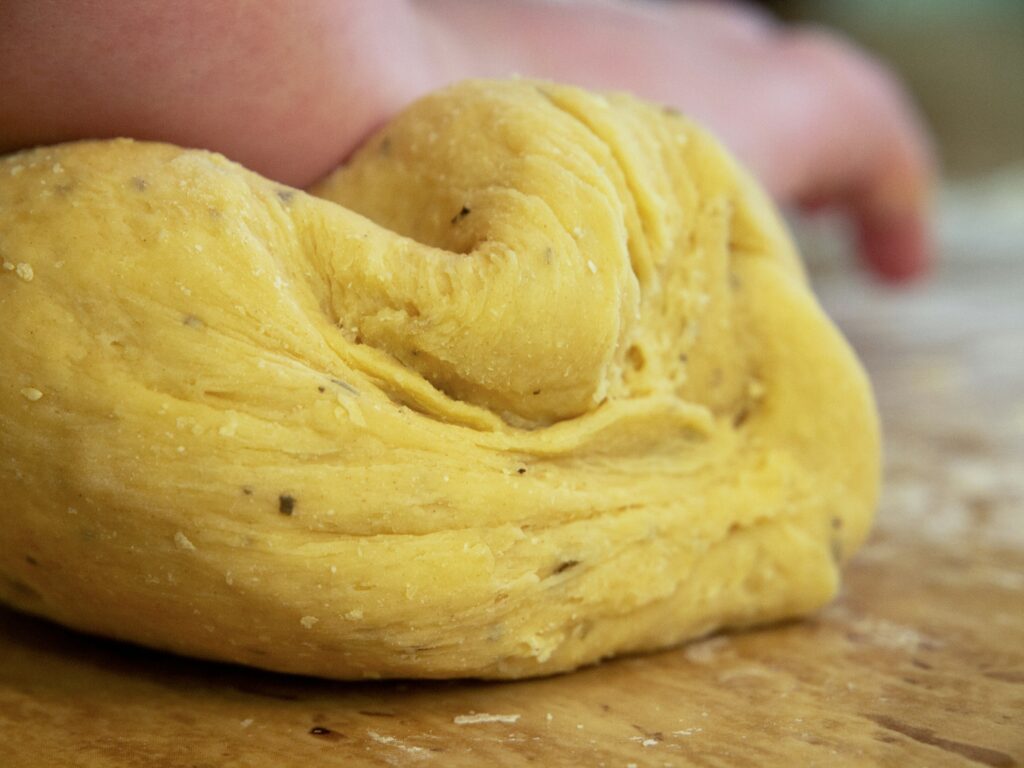
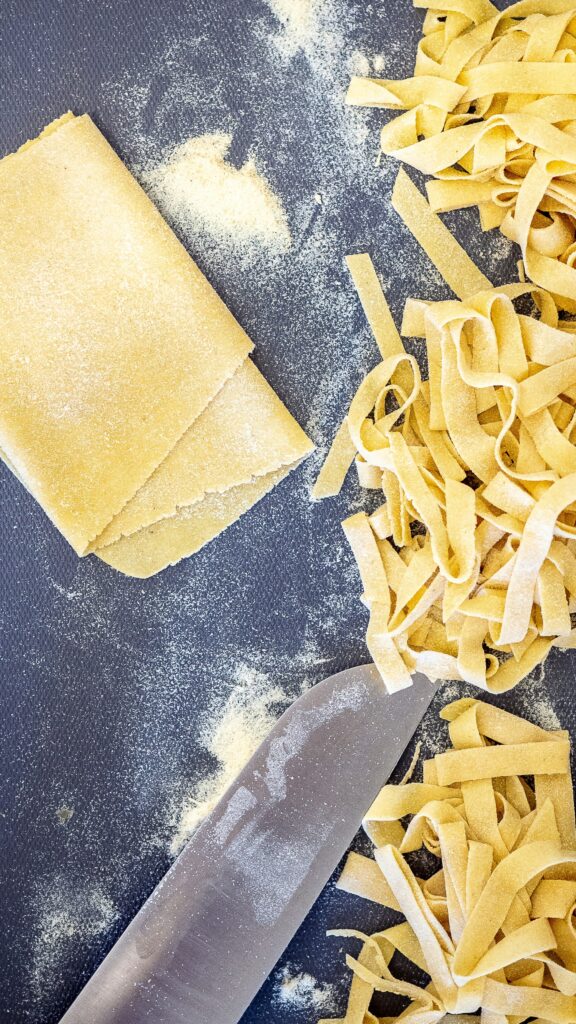
So let’s get into it! It’s surprisingly simple and doesn’t require a pantry full of fancy ingredients. The only real investment is a little elbow grease – or some nifty equipment if you’re a gadget junkie like yours truly. Can you sit there and hand-roll pasta like nonnas of the past? Absolutely! People have done it for centuries, but I’m a lazy chef so I let my KitchenAid do most of the work. I have the full pasta attachment set, but in truth all you need is one piece — the rolling attachment — and you’re set! You can cut most shapes with a regular degular knife.
Want to know my ultimate pasta hack? I make a big batch (usually double the recipe below), cut the noodles and let them stand a bit to dry and stiffen. Then, I heavily dust the cut noodles with more semolina so they don’t stick together. Finally, I twist them into cute little portion-sized nests and pop them in the freezer. Voilà! “Fresh” pasta on demand for up to six months, ready to cook straight from frozen. This way I always have “fresh pasta” on hand and you can too!

So, are you ready to level up your pasta game and show those dry pasta devotees the light? Let’s get rolling!
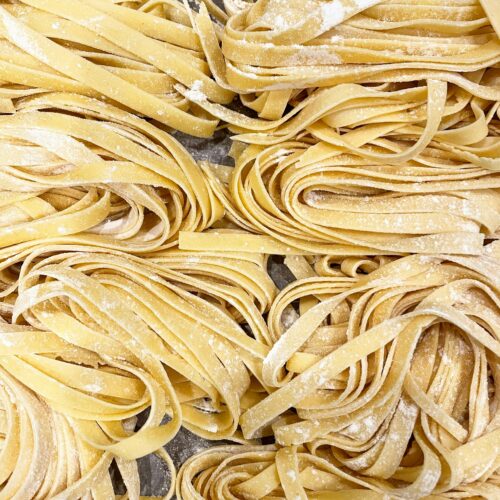
Fresh Pasta
Ingredients
- 1 Pound Semolina Flour
- 1 cup eggs typically about 5 large Eggs
- 1/2 oz. Olive Oil
- pinch of salt & pepper
- Water as needed
- Optional: fresh herbs like parsley, basil or sage
Instructions
- Mound the semolina on a work surface. Make a well in the center and add the eggs, oil, and salt & pepper. The ratios are important here, so measure your eggs to the 1 cup line (you may only use a portion of an egg – sorry).
- Working from the center outward, gradually whisk the flour into the eggs with a fork to make a rough scraggly dough.
- When dough is firm enough, begin kneading the dough, incorporating more semolina until you've grabbed every possible scrap. If the dough is still sticky when all the flour is incorporated, add more semolina, a sprinkle at a time. It should start to come together into a ball. Knead well for at least 15 minutes by hand or 10 in the mixer fitted with the dough hook.
- Pro-tip: leave your mixer in the unlocked position as you work with doughs.
- To test for doneness, press the ball against your outer palm. It should feel cool and slightly moist, but it shouldn't stick. The barest bit of tackiness is ok, but it should come away easily. If it's still sticky, add more semolina and keep kneading.
- Wrap dough in plastic and let it rest for at least 30 minutes to let the gluten strands relax.
- Cut the dough into 3-5 pieces. Flatten into square-ish pucks, roughly about ½ inch thick.
- Set the rollers of a pasta machine at the widest opening (level 1). Pass the pieces of dough (one at a time) through the machine at level 1 – 2x.
- Then fold each piece in thirds (bring one long end to the middle and cover with the other long end, press to seal). Pass through level 1 – 1x more.
- Optional: Lay leaves ONLY from the fresh herbs of your choice on your pasta sheet and then fold the sheet in thirds as instructed. Proceed as normal through the rest of the steps, but this will give you a cool pattern in your pasta. It won't lend that much herby flavor though.
- Working with one piece of dough at a time, pass through each level of the roller 2x, stopping at level 5. So, level 2 – 2x, level 3 – 2x, level 4 – 2x, level 5 – 2x, Stop.
- The dough should be thin enough now. A great gauge is to hold a sheet of your pasta up to the light and see if you can just start to see your other hand through it.
- If it’s still thick, continue on through levels 6 and 7 as needed.
- The pasta is now ready to cut into desired shapes and cook. You can pass it through a cutter attachment or fold it until you come to the end and make even decisive cuts to your preference.
- To cook pasta: Heat a large pot of water and heavily salt it. It should taste like a tear drop or the ocean. Make sure your water is at a rolling boil (big fat, vigorously moving bubbles) when you drop your pasta. DO NOT add oil to the pasta water. Just stir your pasta as it cooks every so often and this will prevent sicking.
- Cook time will depend on the course grain of your flour and the shape, the goal is al dente, but that can take anywhere from 4-7 minutes. Taste to test for doneness. Drain well.
- If you are not immediately tossing your noodles in a sauce, coat them with a little olive oil or butter until you are ready to use them. That will prevent sticking.
- Buon appetito!
Notes
- You can freeze this at the dough stage. Once you have your rested ball, wrap it tightly and pop it in the freezer. When you’re ready to use it, let it thaw overnight in the fridge. You can roll it out and use it as normal from there.
- For cut pasta, cut your pasta as desired and let it dry out and stiffen just a bit. Then, heavily dust it with semolina and twist it into nest shapes. Freeze flat on a covered tray. Once frozen, you can pop the nests into a Ziploc bag. Cook straight from frozen as normal.



